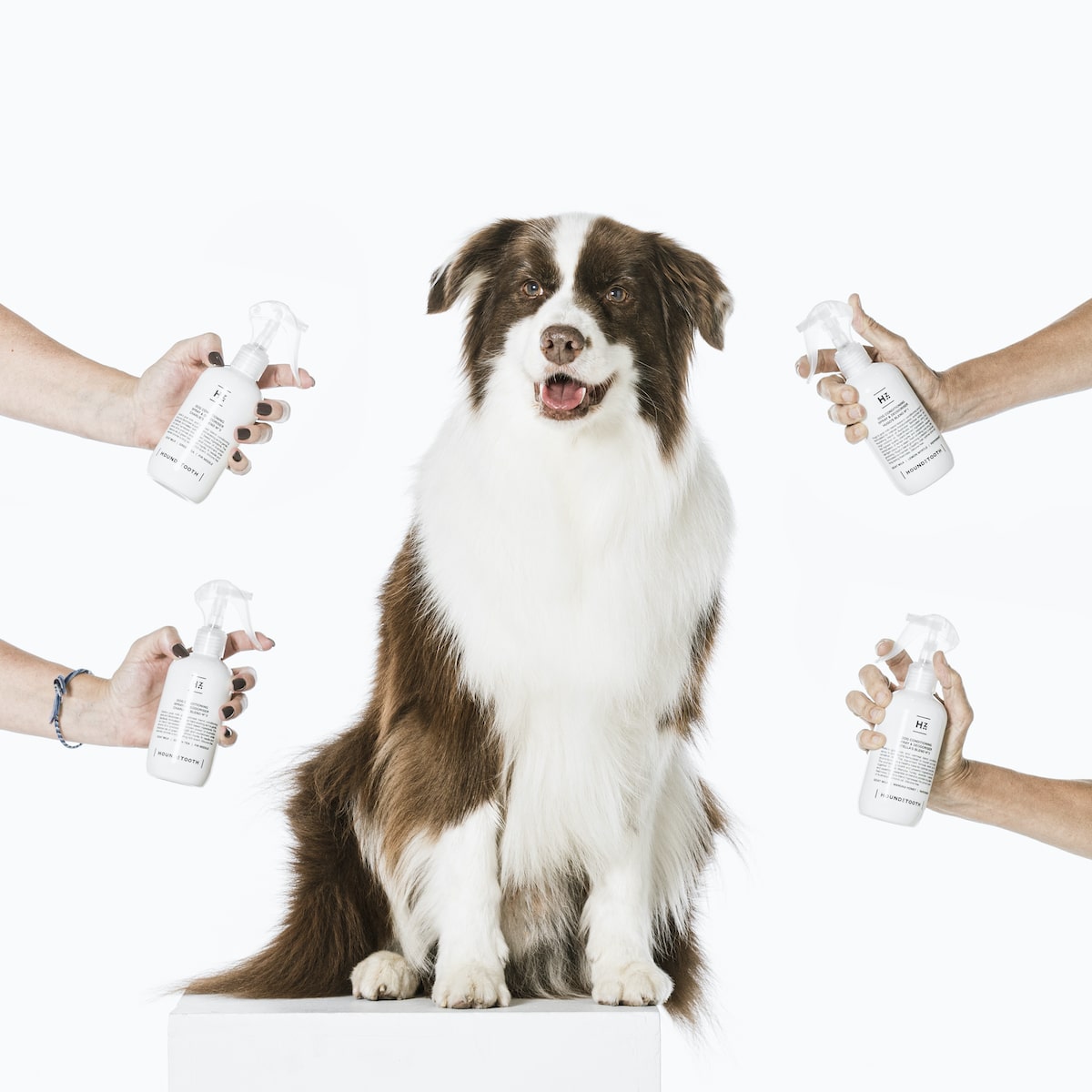Best Way To Bathe A Long-Haired Or Double Coat Dog

When it comes to choosing pet shampoo and conditioner for your pooch, why wouldn’t you choose one that suits your dog’s coat and helps turn your furry friend into a model hound?
If you have a long-haired dog or a dog with a double coat (e.g. a coat that keeps it warm in winter and cool in summer), a goat milk shampoo for dogs such as Hugo’s Blend No. 1 will be particularly beneficial to your four-legged bestie.
This natural dog shampoo will help to nourish your dog’s fur while also working to soothe and calm your dog’s skin, moisturising it and leaving your pup feeling refreshed.
Here’s how to get the most out of bathing your long-haired or double coat dog:
1. Always wash your dog in the morning
As your dog has more hair than its short-haired friends, it needs more time to dry. Washing your pooch before midday will allow for plenty of time before the sun sets and it starts getting too cold to dry off.
2. Wet your dog’s coat thoroughly
Always give your dog a proper rinse to start off bath time, ensuring your work the water through all the layers of your pooch’s fur.
3. Pour Hugo’s Blend No. 1 Shampoo or Stella’s Blend No.2 Shampoo into your hand and work into your dog’s coat
Not only will this stop the shampoo from running down your dog’s back as you try to hold it still, but it’ll also help to encourage an even application and distribution of shampoo. Because you’re putting the shampoo on your skin too, this is another reason why a natural dog shampoo is better than one that’s full of nasties. Both Hugo’s Blend No. 1 Shampoo and Stella’s Blend No.2 help to heal itchy and sensitive skin through their special blends of goat milk, Australian botanicals and essential oils; keeping your dog’s skin and coat soft and supple.
4. Rinse thoroughly and towel dry
Use plenty of water to make sure the shampoo has been rinsed from your dog’s fur and skin, and then give your pup a big rub with a towel to help stimulate that post-bath fluffiness. Most dogs enjoy being dried with a towel when they’re wet and see it as a game, so take this opportunity to give your dog lots of positive reinforcement about how much fun bath time is.
5. Spray with Hugo’s Blend No. 1 Conditioning and Deodorising Spray or Stella’s Blend No.2 Conditioning Spray and Deodoriser
Once your dog has transformed from a soaking mop into a lovable, damp friend, spray generously with Hugo’s Blend No. 1 Conditioning and Deodorising Spray or Stella’s Blend No.2 Conditioning Spray and Deodoriser and work it through the coat with your fingertips, a comb or a brush. Don’t rinse out. These will provide your pup with long-lasting freshness and lustre.
6. Use Hugo’s Blend No. 1 Conditioning and Deodorising Spray between washes
Use the spray on a dry or wet coat between washes to prolong the goodness and help keep your dog smelling great, feeling soft and remaining itch-free.
